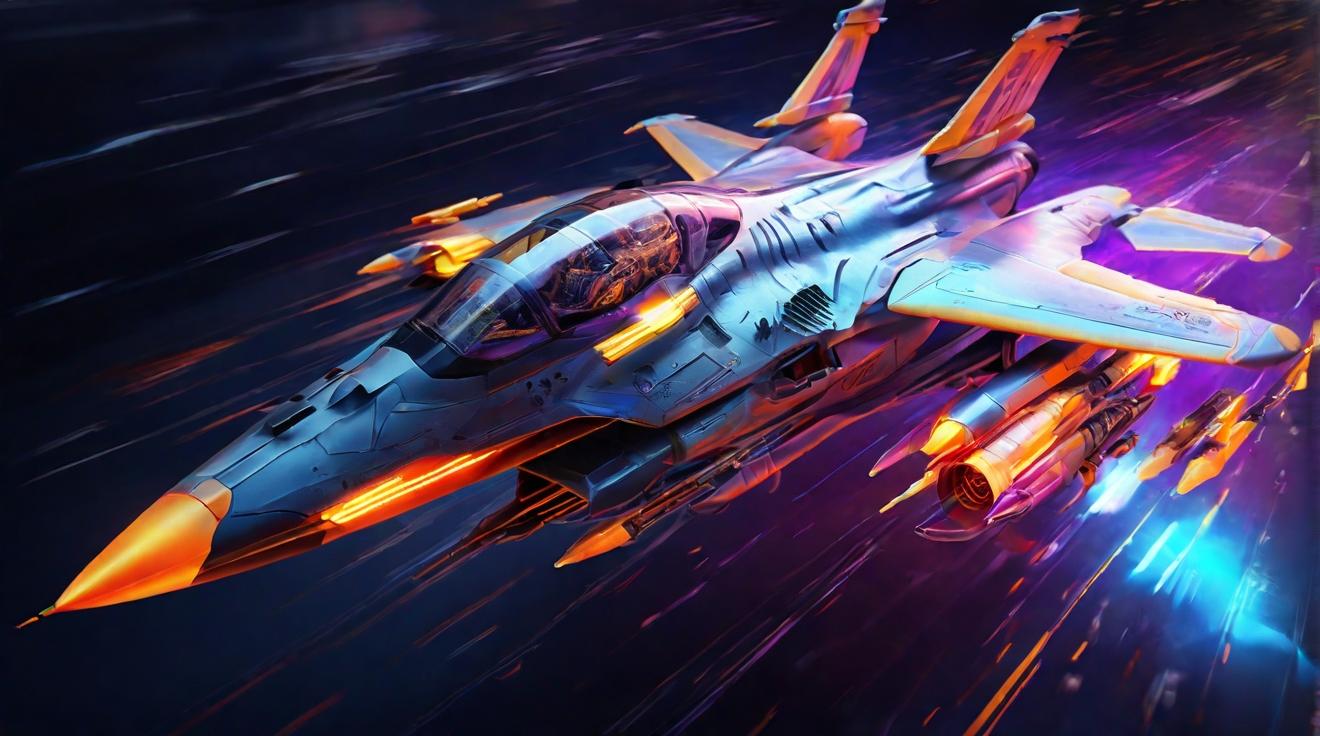DARPA's Revolutionary Journey: Unveiling the Future of Air Combat with AI
In an unprecedented leap towards the future, the Defense Advanced Research Projects Agency (DARPA), a cornerstone of the U.S. Department of Defense, is setting a new benchmark in the realm of military aviation. With the ambitious development of aircraft designs, including planes devoid of control surfaces and the innovative Liberty Lifter seaplane, DARPA is not just redesigning aircraft but redefining aerial combat. At the heart of this transformation is the Air Combat Evolution (ACE) program, a groundbreaking initiative aimed at harmonizing human pilots with advanced AI and machine-learning systems in high-stakes dogfighting scenarios.
The First AI-versus-Human Dogfight: A Milestone Achievement
September marked a historic moment as DARPA achieved a groundbreaking milestone within its ACE program. The agency successfully conducted the first AI-versus-human dogfight using actual aircraft, a testament to the potential of AI in revolutionizing combat strategies. With a steadfast adherence to safety and ethical norms, this test represents a significant paradigm shift, reminiscent of the monumental moment when AI first outmatched humans in chess.
Emphasizing the importance of training AI for compliance with safety and ethical standards, this initiative underscores a transition from heuristic systems to sophisticated machine-learning models. These models are specially crafted for analyzing the intricacies of unpredictable and complex scenarios like dogfighting, offering a new horizon in military tactics and strategies.
The X-62A: A Remarkable Testbed for AI Empowerment
Central to DARPA's innovative efforts is the X-62A (VISTA), a modified F-16 aircraft, redesigned as the Variable In-flight Simulator Test Aircraft. VISTA emerges as a versatile platform for evaluating AI's capabilities in simulating diverse aircraft conditions and executing strategic dogfight maneuvers. Through an extensive series of 21 test flights, concluding with an awe-inspiring dogfight against a manned F-16, VISTA showcased both defensive and offensive maneuvers, cementing the potential of AI in autonomous flight.
The Path Forward: Autonomous Systems in Combat Aviation
This pioneering research, led by the Air Force Test Pilot School, not only aims to refine AI capabilities in combat scenarios but also seeks to foster pilot trust in autonomous systems. With plans to extend these efforts into 2024, the insights garnered from the ACE program are poised to revolutionize future autonomous systems. The Air Force’s innovation arm, AFWERX, reflects the broader military endorsement of these technological strides, highlighting the X-62A ACE team's contributions as pivotal in transforming combat aviation.
In summary, DARPA's ambitious endeavors in integrating AI and machine learning into military aircraft underscore a significant evolution in combat aviation. By cultivating synergy between human pilots and AI systems, DARPA is not just envisioning the future of air combat but actively constructing it, ensuring the U.S. maintains its edge in aerial dominance.
Analyst comment
Positive news. The integration of AI and machine learning into military aircraft is seen as a significant evolution in combat aviation. DARPA’s efforts to cultivate synergy between human pilots and AI systems will revolutionize future autonomous systems, ensuring the US maintains its edge in aerial dominance.













